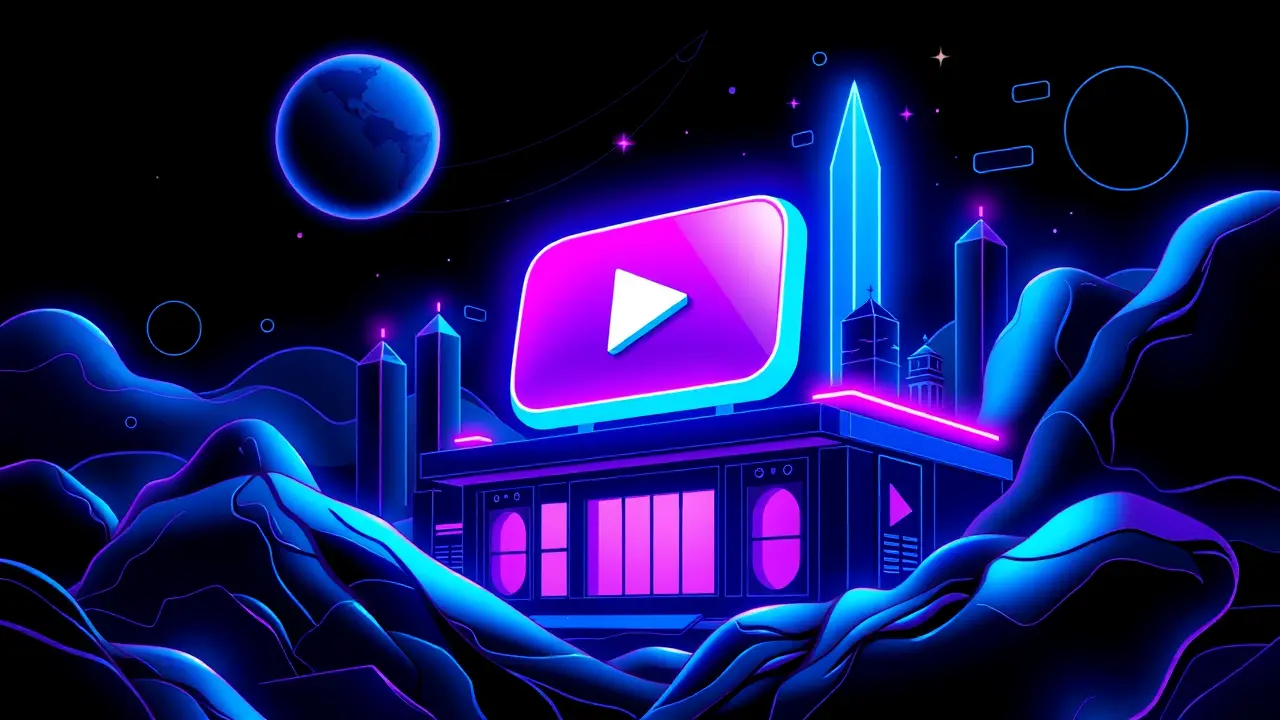YouTubers Diversify Income Beyond Ad Revenue
The era of the YouTuber as a simple content creator, reliant on the fickle whims of the platform's ad-revenue algorithm, is officially over. We're witnessing a profound entrepreneurial pivot, a strategic diversification that mirrors the most agile startups.Think of it not as a side hustle, but as a fundamental business model evolution. The most successful creators have studied their 'Rich Dad, Poor Dad' lessons well, understanding that trading hours for views is a linear path, while building assets—your own products, your own brands—creates exponential wealth.This isn't just about selling some merch; it's about constructing a multi-layered financial fortress. The catalyst was, of course, the infamous 'Adpocalypse' of 2017, a seismic event that saw advertising rates plummet overnight and served as a brutal wake-up call.Suddenly, a channel with millions of subscribers could see its primary income stream evaporate, proving that building a business on a rented piece of digital land, owned entirely by Google, was a catastrophic liability. From that crucible emerged a new playbook.Now, you see tech reviewers launching their own hardware brands, competing directly with the products they feature. Lifestyle vultures are building subscription-based communities on platforms like Patreon and Discord, offering exclusive content and direct access, creating a predictable, recurring revenue that insulates them from the volatile CPMs of pre-roll ads.Personal finance channels, once just explaining credit card points, are now launching their own investment courses and financial coaching services. The data is staggering: a top-tier creator might earn 30% of their income from ads, with the remaining 70% flowing from a carefully curated portfolio including brand deals (integrations), affiliate marketing, direct product sales, and paid subscriptions.This is a masterclass in de-risking. It’s the same principle I coach my readers on—don't rely on a single employer; build multiple income streams.The tools of this new trade are fascinating. Platforms like Shopify have democratized e-commerce, allowing a creator to spin up a professional storefront in days.Services like Spring (for print-on-demand) handle the logistical nightmare of inventory and shipping. And the rise of Web3 and NFTs opened yet another frontier, with creators tokenizing their community, offering digital collectibles that function as membership passes.The psychological shift is as important as the financial one. These creators are no longer just entertainers; they are CEOs, brand managers, and community leaders.They are learning to read P&L statements, manage teams, and navigate supply chain logistics. The consequence of this movement is a fundamental power shift.YouTube, while still the massive discovery engine, is becoming less of a employer and more of a lead generator for these creator-owned enterprises. This forces the platform itself to innovate with new monetization tools to keep its top talent happy, but the genie is out of the bottle.The future is clear: the most resilient and wealthy creators will be those who see their YouTube channel not as the final destination, but as the flagship marketing arm of a much larger, diversified, and independently sustainable business empire. It’s the ultimate side hustle, evolved into the main event.
It’s quiet here...Start the conversation by leaving the first comment.
© 2025 Outpoll Service LTD. All rights reserved.
